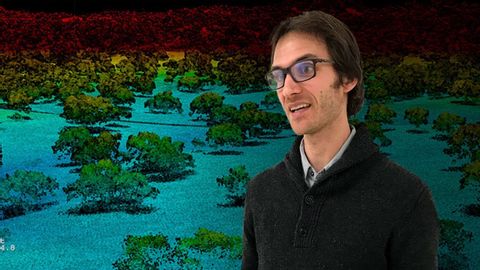离散激光雷达和NEON激光雷达数据简介:演示(Introduction to Discrete Lidar & NEON Lidar Data: A Presentation)
joey joey 發佈於 2021 年 05 月 24 日  沒有此條件下的單字
沒有此條件下的單字US /ˌɪndəˈvɪdʒuəl/
・
UK /ˌɪndɪˈvɪdʒuəl/
- n. (c.)個人;單個項目;個體;個人賽
- adj.個人的;獨特的;個別的;獨特的
- n. (c./u.)串;束;一群人
- v.t.使成一串
- v.t./i.打褶
US /ˈæspɛkt/
・
UK /'æspekt/
- n. (c./u.)方面;觀點;(某物的)要素;特徵
US /ˈmʌltəpəl/
・
UK /ˈmʌltɪpl/
- adj.多重的;多種的;多發性的;多重的
- n. (c.)多;多個的;乘數
- pron.多重的

